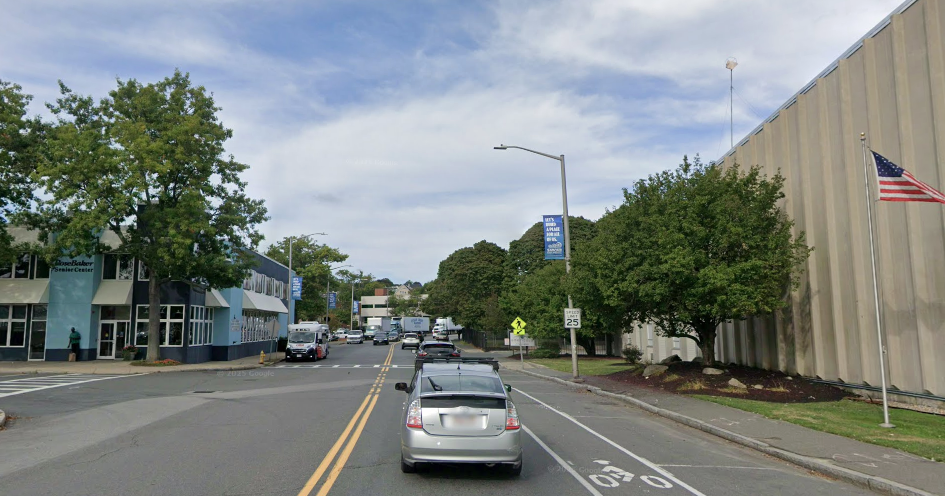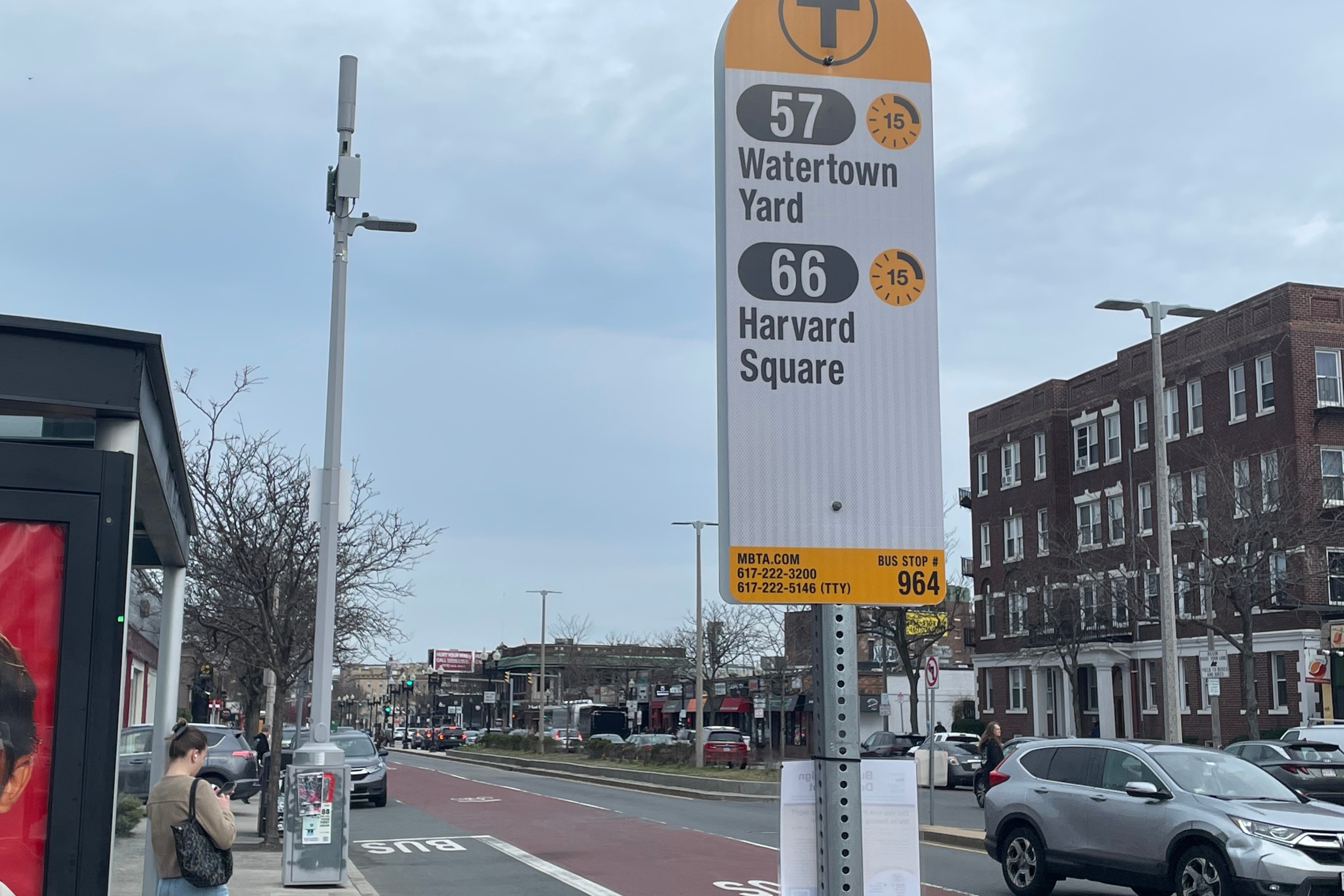Official correspondence between the Massachusetts Department of Public Utilities and the MBTA reveals new details about why the T imposed a slow zone order on its entire subway system last week, a decision that has added considerable time to commutes and further undermined the public's trust in the T.
On March 7, two days before the T imposed its systemwide slowdown, the Department of Public Utilities (DPU) sent 6 "immediate action notices" to the MBTA's senior management concerning safety issues its inspectors had discovered on the Red Line in Dorchester.
The DPU is the state agency that's responsible for overseeing safety in the MBTA's subway system, and it has bulked up its Rail Transit Division in recent months after a 2022 Federal Transit Administration audit of safety issues at the T placed some of the blame on the DPU's history of weak oversight.
In the wake of that safety inspection, the federal government demanded that both the MBTA and DPU submit "corrective action plans" to address their deficiencies.
On February 3, the feds approved the DPU's corrective action plan, which included an updated strategy for the agency "to support field observations, audits, and inspections of MBTA’s rail transit system to identify safety deficiencies and require their immediate resolution."
The DPU's Rail Transit Division has also added three new employees since January, including an additional Public Utilities Engineer, a new Compliance Officer, and a newly-created Director of Rail Transit Safety.
DPU officials told StreetsblogMASS that since the beginning of February, its Rail Transit Division employees had conducted (as of last Friday) 35 routine inspections of MBTA tracks.
During an inspection on March 6, DPU staff walked along part of the southbound Red Line track between Ashmont and Savin Hill stations "and identified concerning conditions and violations of track standards that required immediate corrective action," a DCU spokesperson told StreetsblogMASS.
The day after, on March 7, the DPU's new Director of Rail Safety, Robert N. Hanson, emailed 6 "immediate action notices" to the MBTA's senior management.
Several of those notices concerned issues that will be relatively easy for the T to address: one letter asked the T to remind train operators to turn on their headlights in tunnels; another directed the T to "ensure the closure and securement of all communications & signals control boxes, access panels and pump rooms" located along the tracks.
But other DPU notices focused on more serious problems with the Red Line's tracks, which carry over 100,000 riders on a typical weekday.
Inspectors noted defective insulators on the Red Line's third rail, which delivers massive amounts of electricity to power Red Line trains. The DPU directed the T to replace the defective insulators within 24 hours.
In another letter, the DPU demanded that the T send them "a daily report of Priority 1 track defects" – i.e., track problems that require immediate repair – plus details on any repair work that the T had done to address those defects.
Two days later, during the evening rush hour on March 9, the MBTA began to direct subway operators to observe a systemwide 25 mph speed limit.
In a press conference the next morning, MBTA Acting General Manager Jeff Gonneville explained that he – not the DPU – decided to impose a systemwide slowdown when he realized that he did not have sufficient documentation to comply with the DPU's requests.
“From the review that our team did in our engineering and maintenance division, at this point we did not have confidence in whether the documentation was there, or that the documentation that was available supported that these (track) defects had been mitigated.”
The global slow-zone order had been lifted by Friday morning, but subway travel times remain painfully slow, especially on the Red Line, the T's busiest line.
At Friday's press conference, Gonneville promised that “we are working through and conducting inspections” to update the missing documentation and remove the speed restrictions where it is safe to do so.
However, as of Wednesday, train speed data compiled by TransitMatters suggests that few, if any, of the new speed restrictions that were imposed last Friday have been removed in the days since then.






